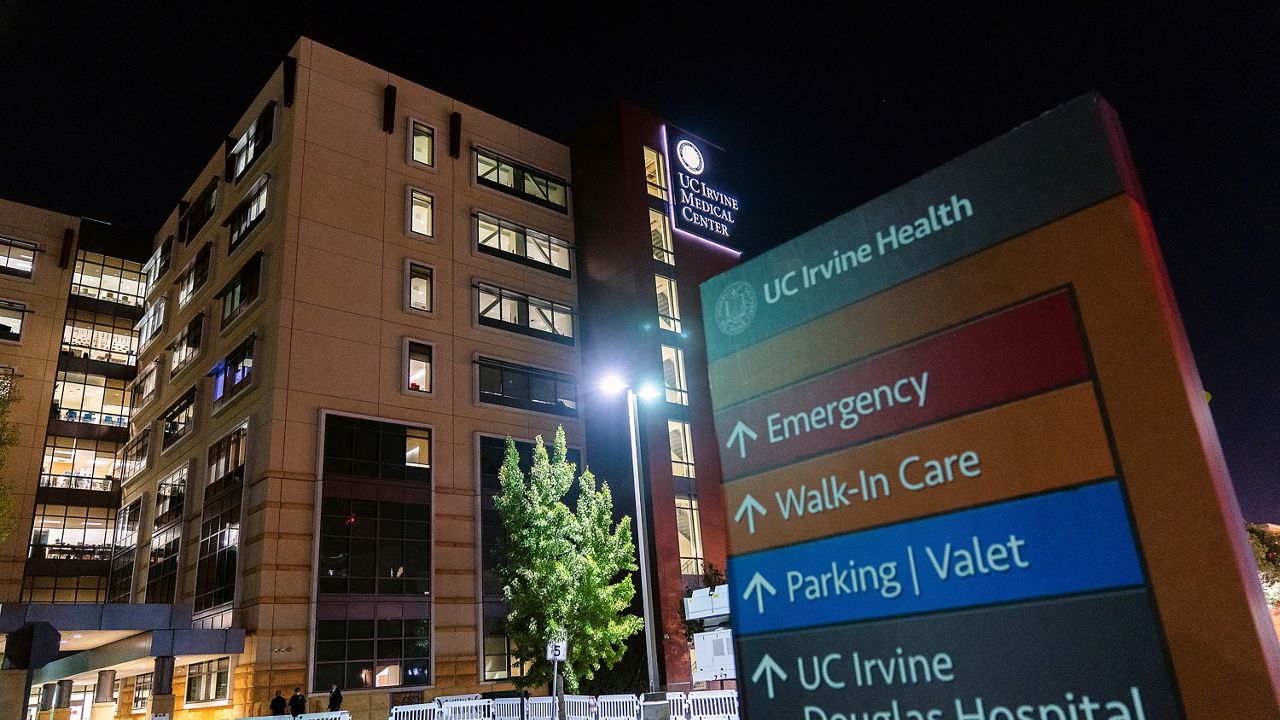IRVINE, Calif. — When Roxane Cohen Silver began researching psychological trauma in large groups 20 years ago, technology was different.
She had been tracking people’s mental health through their consumption of news and what the media covered. In 1999, when the shooting at Columbine High School dominated the headlines, there were radio stations, newspapers and television. Online journalism followed, then cellphones and smartphones. Innovation brings information to consumers faster.
The Boston Marathon bombing in 2013 was the first time Cohen had to account for the many new facets media presented.
Silver, a University of California professor of psychological science, is now looking into how COVID-19 has impacted the nation by reviewing findings from a sample of 6,500 people. She and her colleagues selected the group specifically to mirror the nation, including people from all 50 states.
“We’re just describing the level of general distress they’re feeling, how depressed they are or how anxious they are,” said Silver. “We’re not making any kind of clinical diagnoses.”
Mental health professionals have long worried about the impact of social media on teens and young adults and what the posts of celebrities could do to harm self-esteem or inflame anxiety.
Silver wonders what the news is doing to escalate anxiousness and if the amount of exposure matters. During the pandemic, people were isolated from friends and loved ones, a potentially harmful feature that is not part of Cohen’s research. She wondered if reading about or watching news accounts of rising death tolls had a negative impact on people.
The findings, published by the American Psychological Health Association, show that people were more likely to report being anxious or depressed if they had an immediate proximity to the coronavirus. For instance, deaths of loved ones, close friends or severe symptoms weighed heavily on the respondent. The often publicized death toll played far less of a role.
So far, Silver and her colleagues have collected data from the same population four times. While the scope of the current data encompasses the first six months of the pandemic, future data sets aim to show the connection between other notable, national or international events like the U.S. Supreme Court Decision to overturn Roe v. Wade and Jan. 6, 2021, when rioters overtook the Capitol.
With three grants already from the National Science Foundation, Silver hopes to keep studying the psychological impact of these events on large groups.
“We’re trying to get a snapshot of where people are two plus years into this and hopefully beyond.”
CORRECTION: In an earlier version of this story, researcher Roxane Cohen Silver was incorrectly identified. The story has been updated to correct the error. (Oct. 27, 2022)
